
Dr Willow Hallgren
With so many environmental crises occurring, it’s hard to focus on just three issues to provide an update on to satiate Planet Watch readers. What with the Greenland ice sheet having passed the point of no return (even if global warming stopped tomorrow, even if global temperatures cooled a little, it would continue to melt), and watching the unprecedented megafires (all too familiar to Australian viewers) rage across California, as calls are made for Australian reinforcements to join their fire fighting efforts.
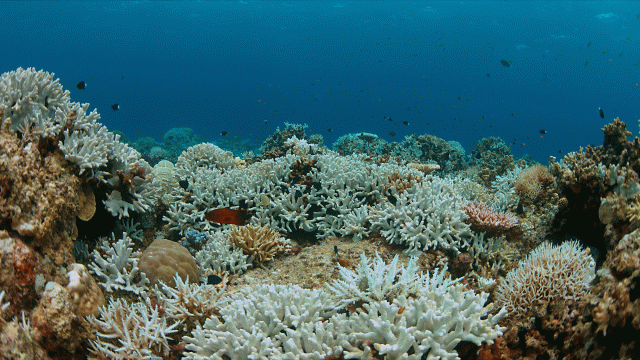
1 – The Great Barrier Reef: Going, going, gone?
The Great Barrier Reef (GBR) has experienced it’s third major bleaching event in five years, following on from the widespread mass bleaching events in 2016 and 2017. The highest monthly sea surface temperature ever recorded on the GBR since records began was recorded in February this year.
This year’s bleaching event was severe, and more widespread than earlier events. It has now extended its impact and is the first mass bleaching event that has affected all three regions of the reef simultaneously; not only the northern and central parts of the reef, but now ‘large parts of the southern sectors’ have experienced severe bleaching as well.
Earlier this year, Professor Terry Hughes, director of the Centre of Excellence for Coral Reef Studies at James Cook University, conducted an aerial survey of 1,036 reefs and found that 25 per cent of reefs were severely bleached.
Although mild or moderate bleaching doesn’t necessarily kill corals, which can recover and survive such events, many corals die when bleaching is severe. More than half of the shallow-water corals have died in the northern part of the GBR.
The time between recurrent bleaching events is shrinking, hindering a full recovery. Scientists at James Cook University have found that damaged coral reefs need at least 9–12 years to fully recover from bleaching events, depending on the species of coral.
The greatest threat to the Great Barrier Reef is climate change and the deadly underwater heatwaves it is fuelling. Runoff from land clearing is also undermining the Reef’s resilience to the impact from climate change. More about that later…
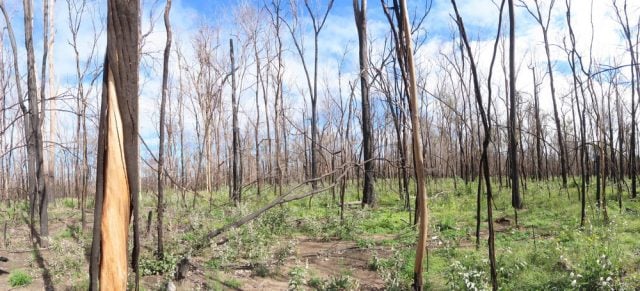
2 – Koalas: On track to extinction in the wild within 30 years
Koala populations in southeast QLD, NSW and the ACT have been experiencing severe declines since the 1990s that led to their listing as a ‘threatened’ species in 2012.
Even before the 2019–2020 Black Summer bushfires, koala populations were already in catastrophic decline in many areas in eastern Australia. Chlamdyosis, trauma related to human activities (predation by pets, car collisions etc), and wasting owing to starvation are the main causes of death and injury.
The report Koala populations and habitat in New South Wales released in June this year by the Parliament of NSW gave us this stark assessment of the current plight of the koala:
‘The ongoing destruction of koala habitat through the clearing of land for agriculture, development, mining, and forestry has severely impacted most koala populations in the state over many decades.’
The report found that ‘this fragmentation and loss of habitat poses the most serious threat to koala populations’. A recent spatial analysis by the Wilderness Society of which land use activities in southeast Queensland are contributing the most to koala habitat destruction revealed that 76 per cent of 275,775 hectares (2,758 square kilometres) of ‘likely Koala habitat’ was cleared between 2013–2018, primarily for beef-related land use, and 14 per cent for sheep-related land use.
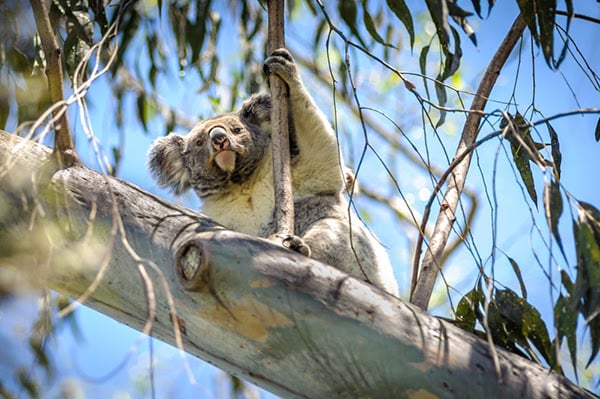
Photo supplied
Prolonged severe drought conditions in NSW saw many koala populations suffer ongoing stress, and then the 2019–2020 Black Summer bushfires decimated these struggling populations. Conservative estimates suggest that at least 5,000 koalas, and potentially many more, were killed in the fires.
The Parliamentary report estimated 24 per cent of koala habitats on public land were ‘severely impacted’ by the fires, with koalas declining by up to 81 per cent in some areas.
The report states that ‘climate change is having a severe impact on koala populations by affecting the quality of their food and habitat’, and that ‘climate change is compounding the severity and impact of other threats, such as drought and bushfires, on koala populations’.
However, perhaps the Parliamentary reports’ findings, which are the most confronting are those that convey the urgency of the situation:
• ‘Given the scale of loss to koala populations across New South Wales as a result of the 2019–2020 bushfires and without urgent government intervention to protect habitat and address all other threats, the koala will become extinct in New South Wales before 2050.
• ‘The future of koalas in the wild in New South Wales cannot be guaranteed unless the NSW Government takes stronger action to prevent further loss of koala habitat.’
3 – Deforestation and land clearing is contributing to a drier, hotter climate
These first two issues are underpinned by a third major issue: land use change. Land use change, including rampant deforestation around the world, is a major driver of climate change, which is also killing the Great Barrier Reef and koalas. Also, regional deforestation and land clearing is contributing to runoff which is impacting parts of the Great Barrier Reef making it more stressed and more vulnerable to climate change.
Australia as bad as the Amazon…
Australia has lost about half of its forest and bushland since 1788, and much of what remains is degraded.
Yet Australia has the highest level of deforestation of any developed country, which is at levels on par with what is occurring in the Amazon, the Congo basin and Borneo. 500,000 hectares is cleared each year, equating to an area the size of the MCG being cleared every two minutes, as illustrated recently by the excellent ABC documentary Fight for Planet A.
Much of the deforestation is primarily driven by agricultural clearing for beef and sheep production, mining, and urban development.
We know that this deforestation is only going to exacerbate the climate change-induced warming and drying trends that are already so apparent right across eastern and southern Australia. Scientists have known for decades that deforestation in tropical and sub-tropical regions can have a considerable warming and drying effect on regional climate.

Cost of reducing rainfall
Scientists have shown that when Australian native vegetation is replaced by (non-irrigated) agriculture, the result tends to be reduced evaporation, increased mean and maximum temperatures, decreased cloudiness and reduced rainfall. By clearing their land, farmers and graziers are ensuring drier, hotter conditions on the land, and a greater vulnerability of their land and business to drought.
Australian farmers would do well to factor in the costs associated with the reductions in rainfall and increases in maximum temperatures when calculating the cost effectiveness of bulldozing the native vegetation from their land.
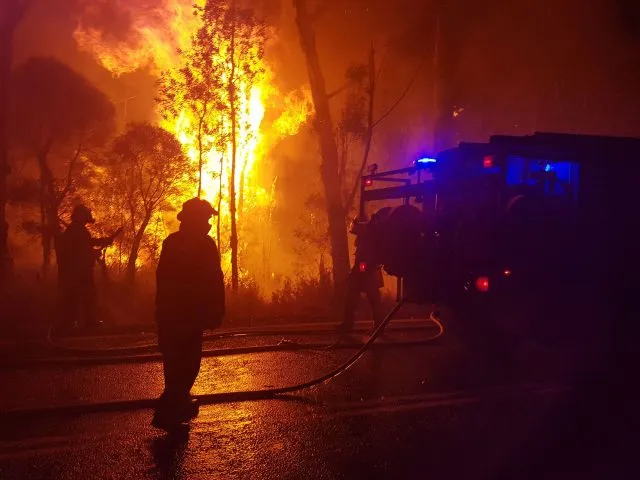
Fire risk
Adding to the pressures on our forests owing to deforestation is the increasing susceptibility of our forests to fire; it has been estimated that more than one-fifth of Australia’s forests burned during the 2019–2020 Black Summer fires – a proportion which is unprecedented anywhere in the world.
Sadly, if climate change continues unabated, the sort of record temperatures and fire conditions we saw during this last (2019–2020) fire season could become the norm within 20 years, and be considered below-average within 40 years.
As bad as this all sounds, the Earth may yet have a negative feedback up her sleeve. With continued destruction of the Earth’s forests and conversion of land for industrial agriculture, there is a greater likelihood of new epidemics emerging. As we are currently experiencing with COVID-19, pandemics can have profound impacts on human societies, slowing human population growth and economic activity, and potentially, humanity’s impact on the environment.

Author
Dr Willow Hallgren is an earth-system scientist who studies the impact of climate change on ecosystems and biodiversity, the feedbacks between vegetation and the climate, and how policy can influence climate change, by changing how we use the land.
Willow has previously worked as a climate and biodiversity scientist in government, industry, and academic roles in both Australia and the USA at the Massachusetts Institute of Technology (MIT). She was also previously the Science editor of Monash University’s student newspaper Lot’s Wife.
She is a city escapee of many years now and is currently hiding out among the hill tribes of the beautiful Tweed Valley.
More Planet Watch articles
Will Morrison’s gas-led recovery delete the IPCC’s belief we need climate...
Most Australians know the news, or have had firsthand experiences themselves, of two years of floods, fires, coastal erosion, and storms, both here and overseas. In fact Australia has warmed on average by 1.44 ± 0.24 °C since national records began in 1910.
‘Unprecedented’ but not unpredicted – we are now suffering from our...
As Australians head into another election season just as many parts of the east coast are recovering from ‘unprecedented’ flooding since February, and the national psyche is still reeling from the trauma of the ‘unprecedented’ Black Summer bushfires before that, it is critical now more than ever to vote according to your environmental conscience and fear for the future.
Ethical investing goes prudential
Ethical investing is the idea of using your money to make the world a better place rather than simply chasing the greatest financial return. It seeks to account for people and planet, not just profit.
On track to three degrees of warming
Our planet has warmed by 1.1 degrees, on average, since the Industrial Revolution, and Australia has warmed by 1.4 degrees since 1910 when records of temperature measurements began.
What’s going on with gas?
David Lowe According to the prime minister, we’re in the midst of a ‘gas-led recovery’. Until about five minutes ago, the gas in question was methane (mostly found using unconventional techniques like fracking) but now he’s also talking about hydrogen,...
Is hydrogen part of a sustainable energy future?
There’s a lot to like about hydrogen. For starters, it’s abundant. Hydrogen can store excess renewable power. When liquified, it’s more energy intense than fossil alternatives. In a fuel cell, it can generate electricity. When it’s burned, the only by-product is water.
Human activity, climate change risk more pandemics
New research has revealed climate change, environmental degradation and human activity are creating a perfect storm for more deadly pandemics like COVID-19. Scientists from the University of Western Australia (UWA) say COVID-19 has highlighted the critical need to reduce human impacts...
Planet Watch: Environmentally sound building
Globally, buildings are responsible for a massive share of energy and material consumption. Sustainable building movements are trying to change this, some by going back to the past, and some by diving head-first into the future.
Planet Watch: Are humans the disease?
Humans have told a lot of stories about how awesome we are, but there's one emerging hypothesis that casts our species in a very anti-heroic light. In terms of the planet, are we behaving like a disease?
Planet Watch – Top three environmental issues
With so many environmental crises occurring, it’s hard to focus on just three issues to provide an update to Planet Watch readers – but here's our top three...






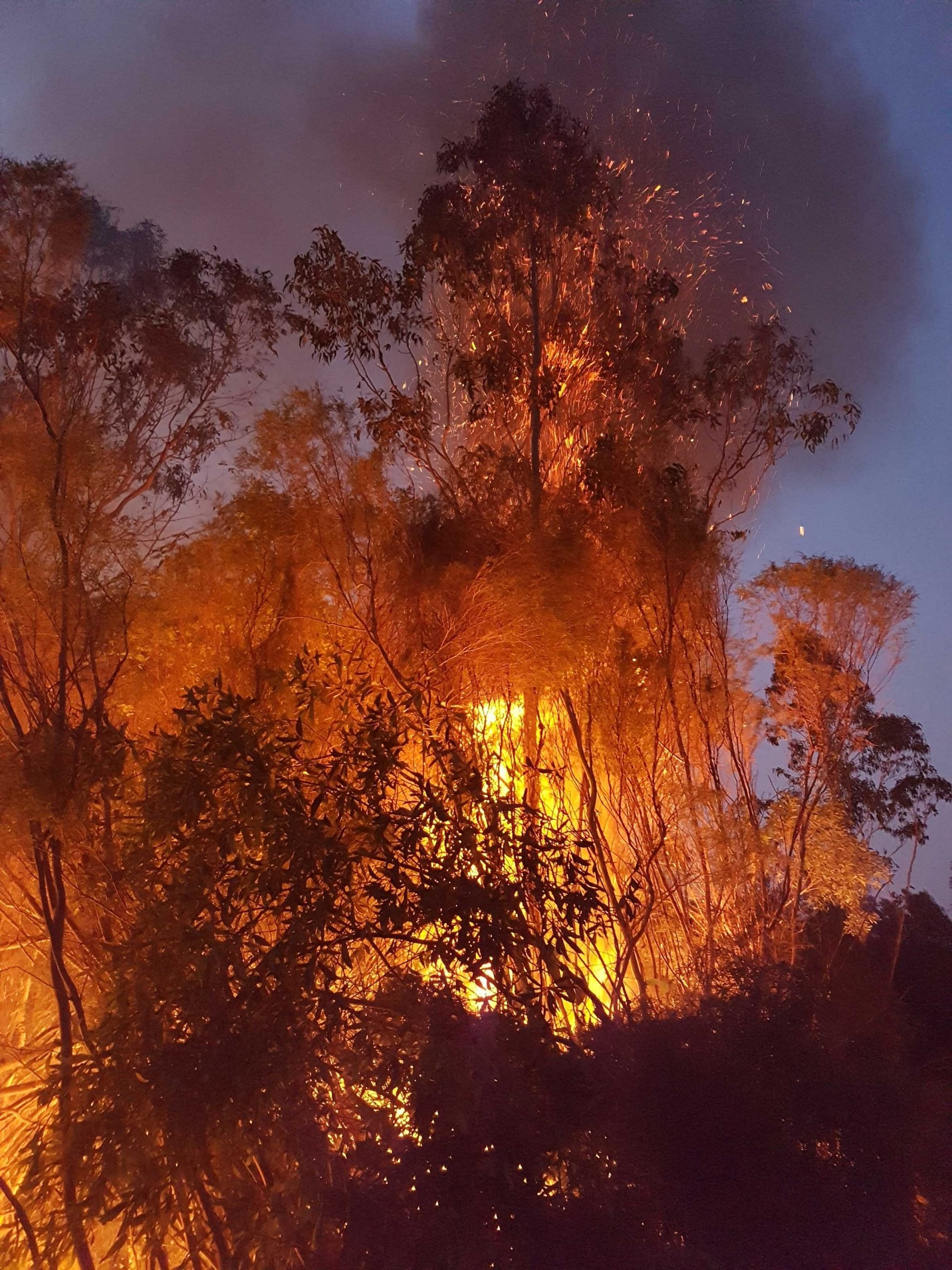
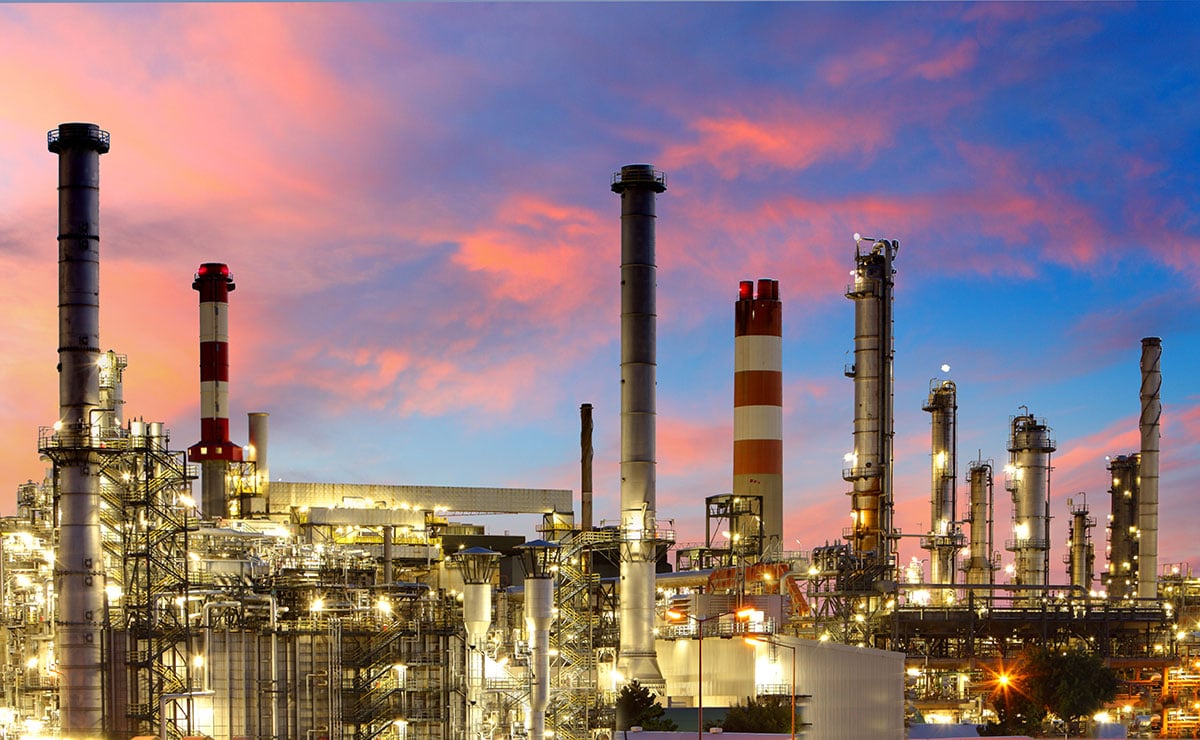

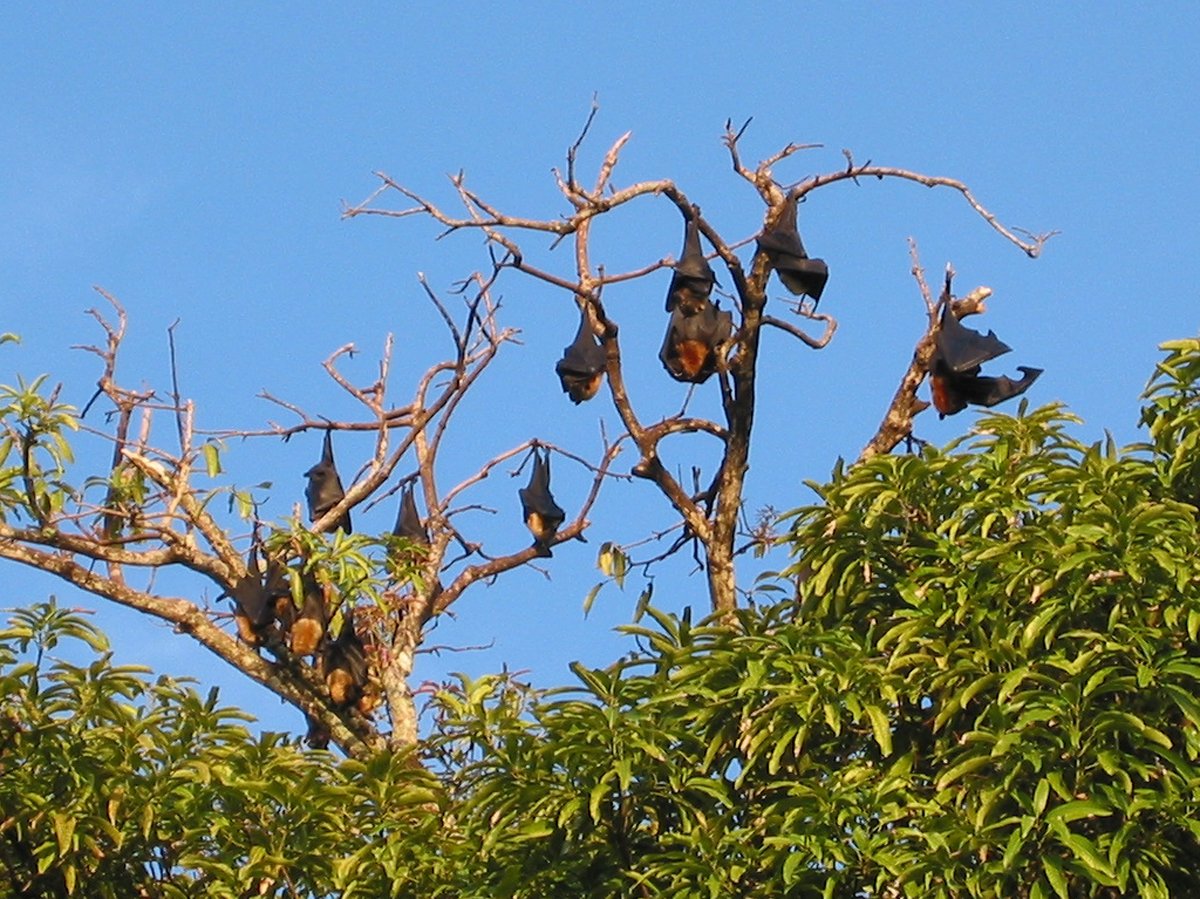




Yes Dr we do need to maintain sustainable
Clearing . Deforestation is not to be accepted
In any circumstances… regarding our poor
Indigenous species that passed in the lastest
Fires is very sad indeed… however never forget
This is not unprecedented natural disasters..
And one of the findings of the inquiry was the
Allow landing around owners properties
But due to red tape were informed they could not
Clearly this needs to be addressed..
Barrow, from everything I read on the topic, the 2019-2020 ‘Black Summer’ bushfires were indeed unprecedented in various ways related to climate and fire weather…also in terms of the biodiversity lost and land area burnt… you can’t just hand-wave away the seriousness of the crises we’re facing.
“The Bureau of Meteorology noted in its Annual Climate Statement 2019, published on 9 January 2020, that, ‘The extensive and long-lived fires appear to be the largest in scale in the modern record in New South Wales, while the total area burnt appears to be the largest in a single recorded fire season for eastern Australia’.”
(https://www.aph.gov.au/About_Parliament/Parliamentary_Departments/Parliamentary_Library/pubs/rp/rp1920/Quick_Guides/AustralianBushfires)
“More than 20% of Australia’s forests burned during the summer’s bushfire catastrophe, a proportion scientists believe is unprecedented globally, according to new research.”
https://www.theguardian.com/australia-news/2020/feb/25/unprecedented-globally-more-than-20-of-australias-forests-burnt-in-bushfires –> https://www.nature.com/articles/s41558-020-0716-1
https://www.sciencedirect.com/science/article/pii/S2666449620300098
Econet has become too Woke, unreadable alarmist claptrap. Have been a subscriber for many years. Never really enjoying the leftist bent. Finding it simply now wall to wall BS “journalism”
cancelled as soon as I post this
guys get a life.
Rasa, maybe you not getting it. The biosphere is all we got to support all life on planet Earth. Humans are not immune from relentless destruction of environment. But you right we should get a life, a new life on planet Mars perhaps once planet Earth is no longer fit for human habitation.
Rasa,
While what I write about may be quite alarming – reflecting the reality of what the science is telling us – it is certainly not alarmist. Only those with rusted on ideological blinkers can deny the observable, measurable reality of the ongoing and accelerating decline of the Great Barrier Reef, or the catastrophic decline in Koala numbers over the last few decades. The science behind how land clearing and deforestation create warmer, drier, local and regional climates in the tropics and subtropics has been well established over the last few decades. The threats that humanity -and the planet – face from climate change, deforestation and biodiversity loss are very real, and I would hazard a guess, much, much worse than you think.
‘BS journalism’,
Yes it is ,to an extent , if Dr Willow Hallgren has any understanding of these issues she would acknowledge that these “Top three environmental issues” all have one driving issue at their heart, and that of course is over-population. There would be a case to include the ostentatious greed, displayed too often in this community, where enough, must be trumped with too much, to satisfy sick egos.
This country and it’s environment is incapable of catering for the population we have,”but still they come” encouraged by our insane government, that still believes in the mantra of eternal growth, The death of The Great Barrier Reef, the Murray/Darling and the extermination of the Koala as well as the remainder of our unique species all sacrificed on the alter of greed and growth at all cost.
Cheers, G”)
Read the last paragraph of the article! Yes, the growing human population at the current level of consumption is at the core of the wicked environmental problems the planet faces; this is an issue I have covered in previous articles.
Spot on, Ken…. though I’m sure that Dr Willow is well aware
of the population problems for the country. In the mid 1970s
the activist & poet Judith Wright wrote of the Reef/ Murray
Darling/ & Koala as she began the Environment Council.
Judith was ridiculed for daring to mention ‘over population’
at the very time since she sat on The Treaty Commission.
Parliamentarians are a ‘pain’ in the rear. Money rules &
that’s a fact – regardless who & what it harms. Not really
‘crap’, Rasa. People are frustrated with the rubbish our
current leaders feed what they probably believe is a ‘circus
of no hopers’. [ie; the public]. Damn the lot of ‘loons’ we’re
lumbered with. They could not manage a hot-dog stand.